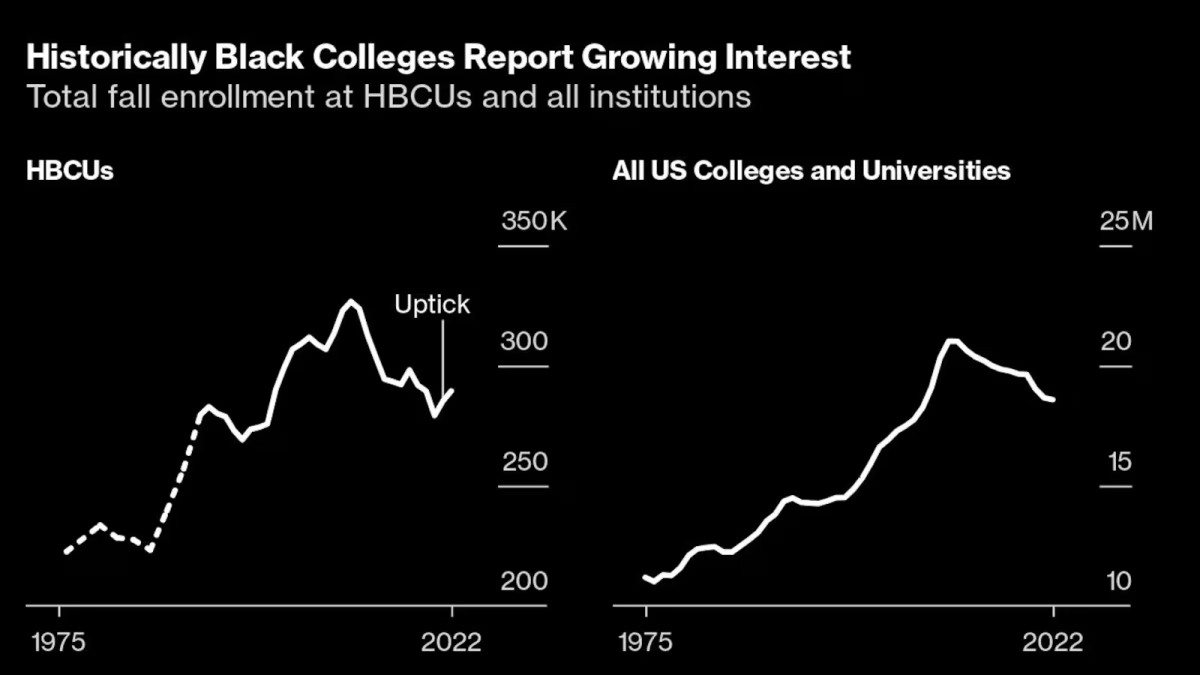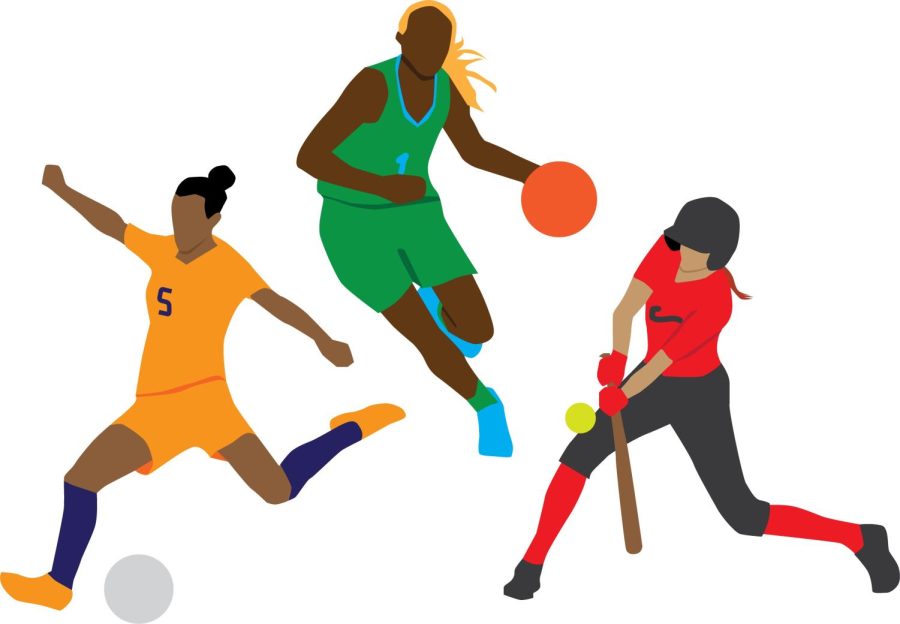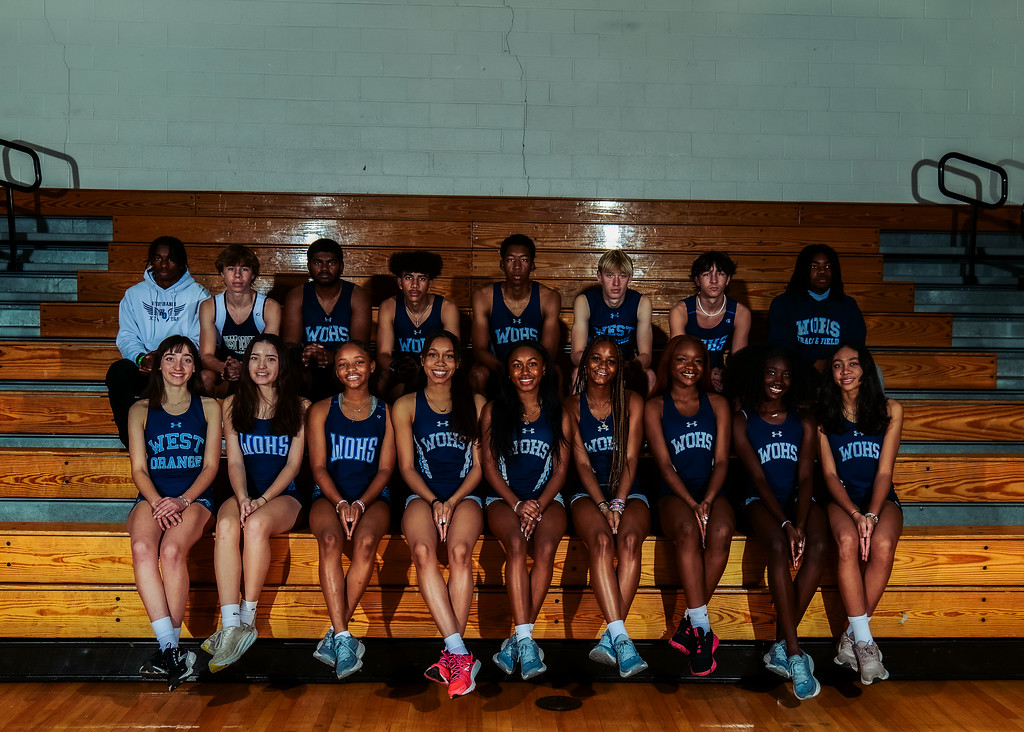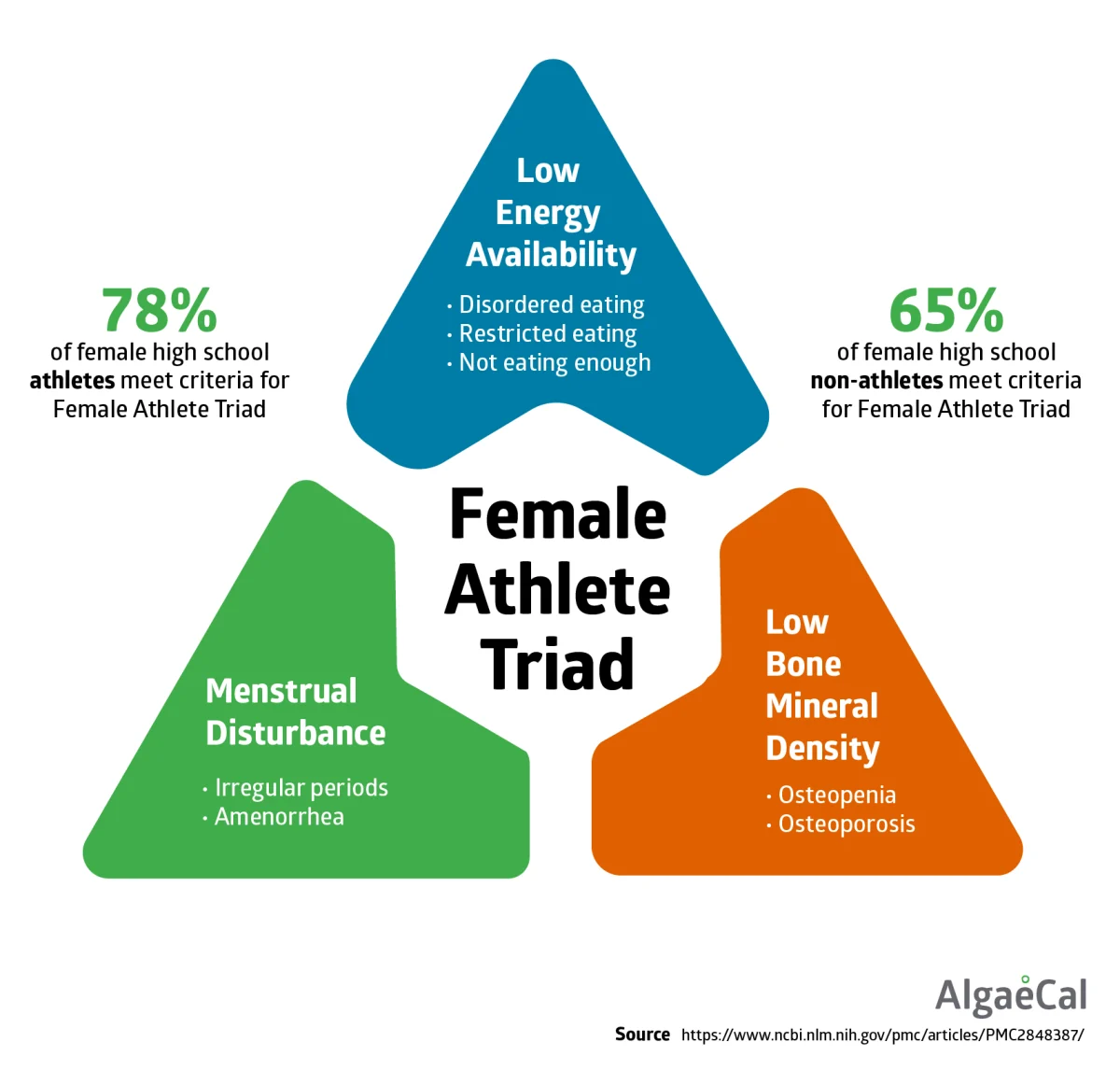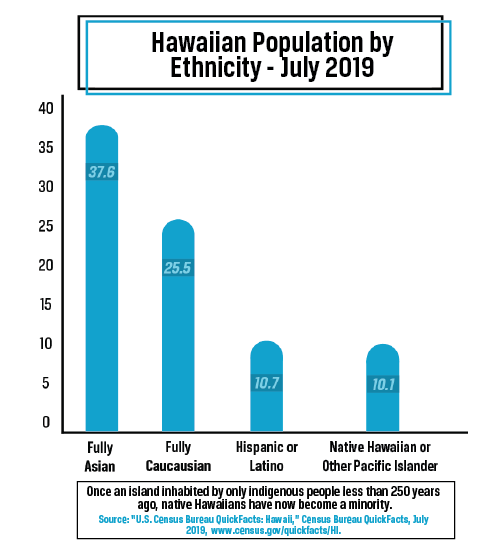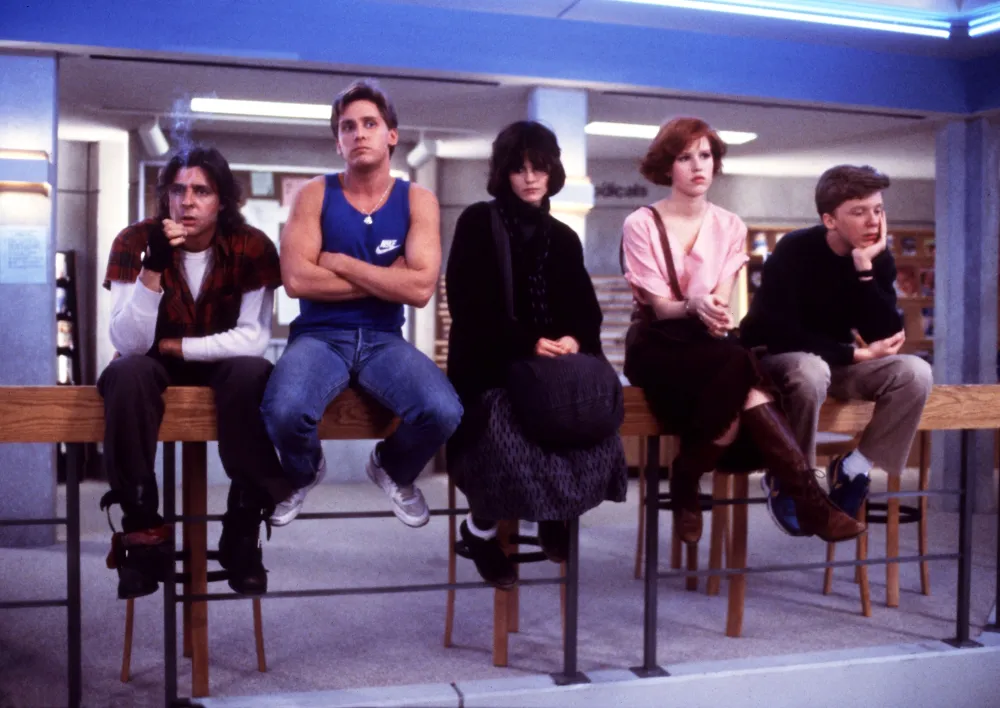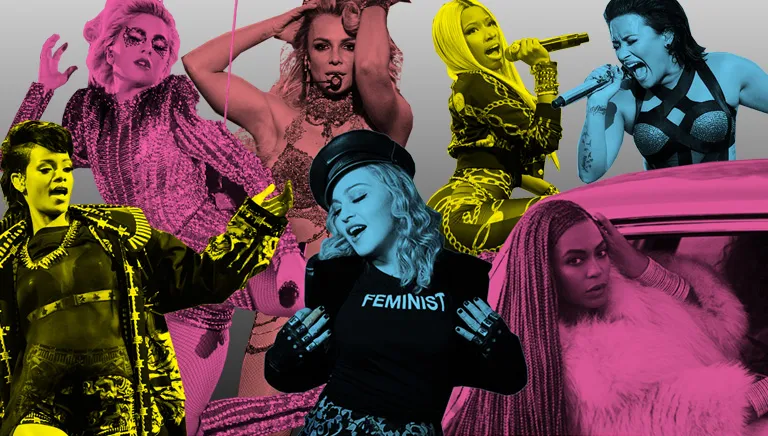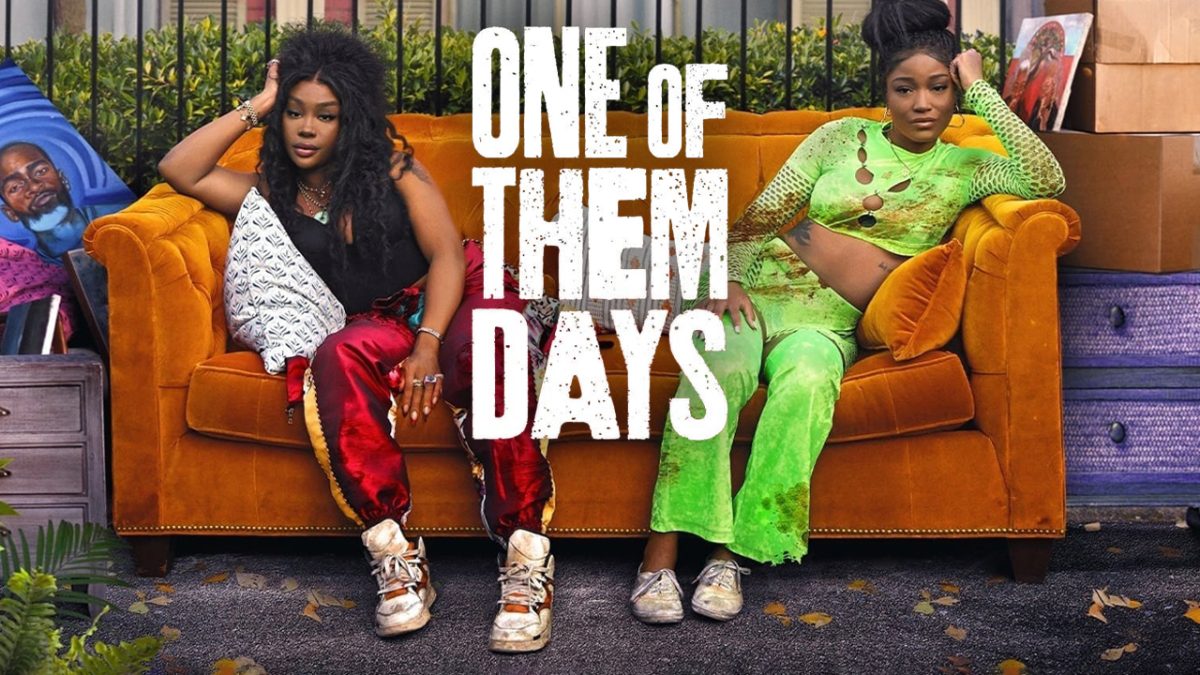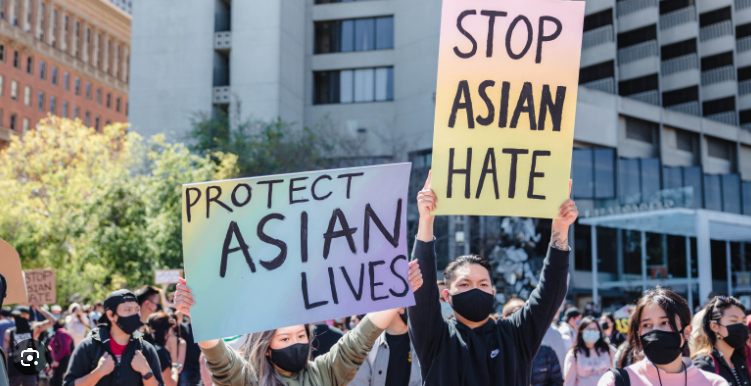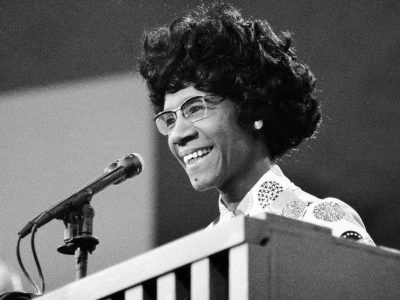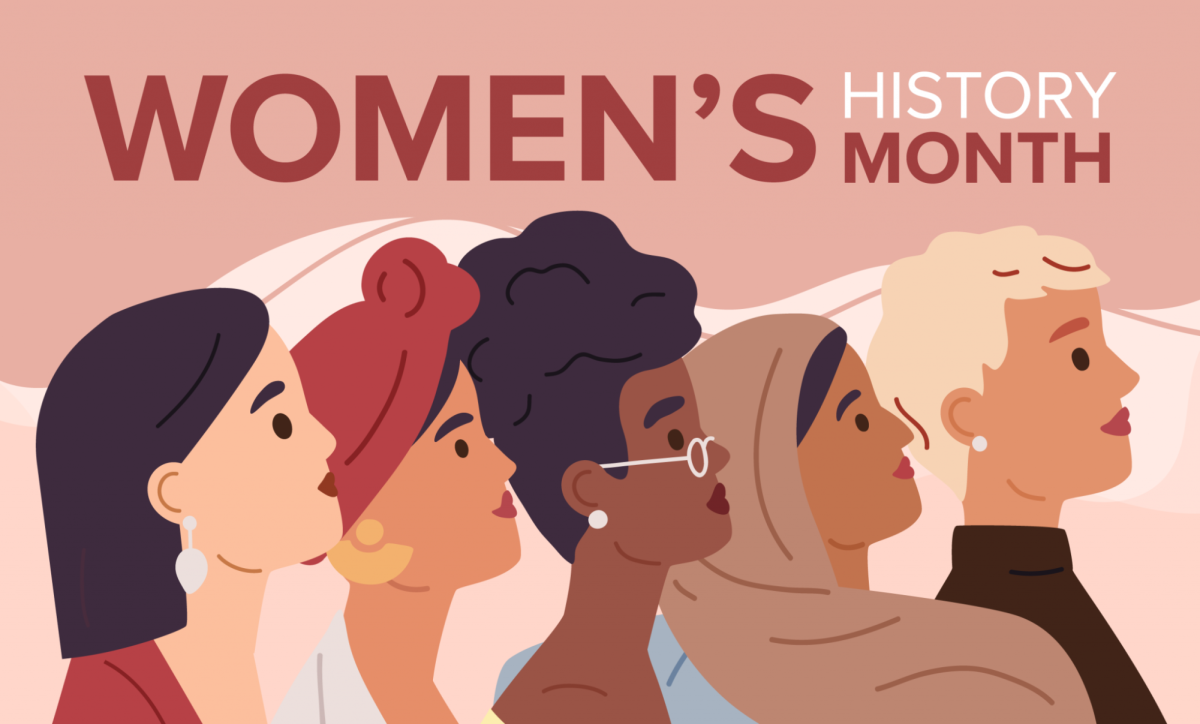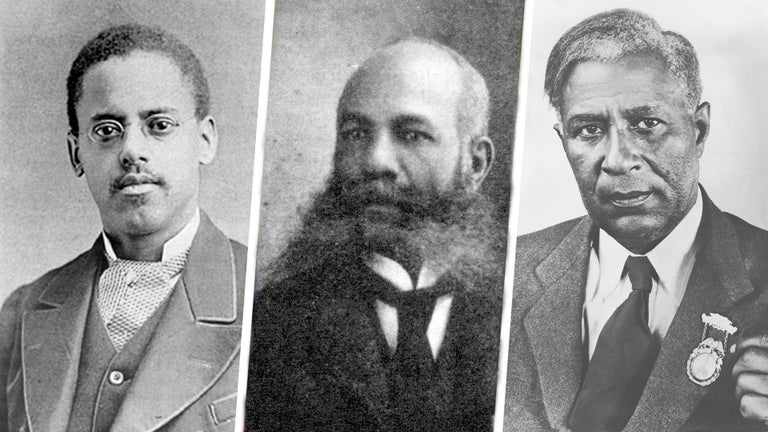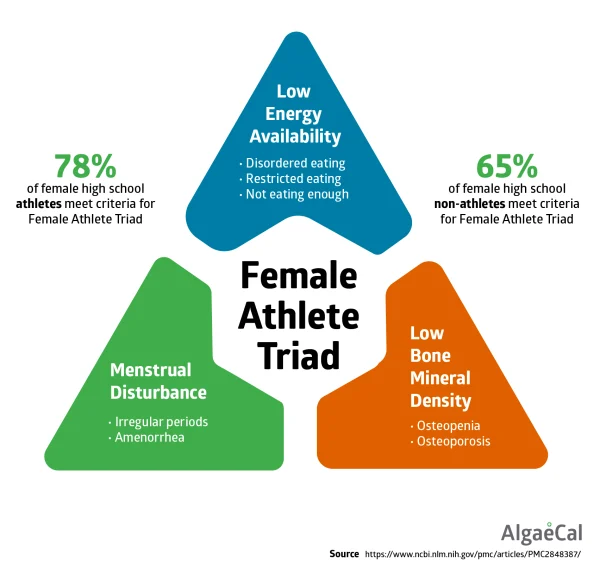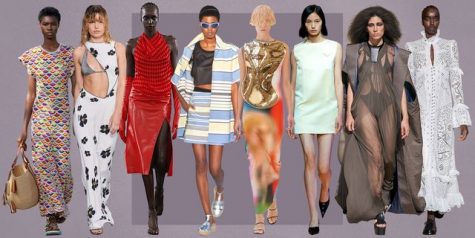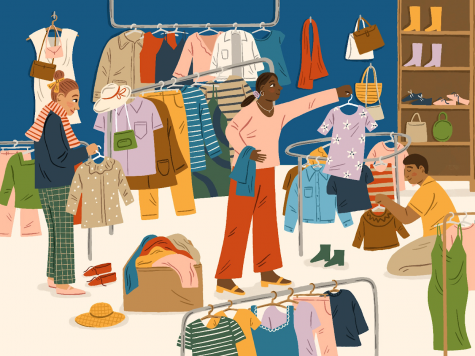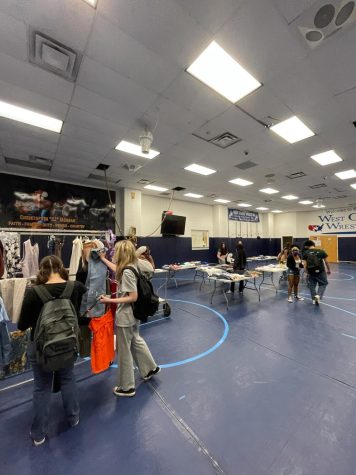How Social Media Affects Fast Fashion
In 1997, the first social media platform was launched. Sixdegrees.com was a social media site that allowed users to connect with others and upload profile pictures. Little did society know how much social media would impact the world. One industry in the world that social media has changed forever is fashion. Fast fashion mass produces millions of different types of clothing based on current trends and sells them at a cheap price. Fast fashion has proved to be successful, with an estimated value in 2020 of $31.4 billion USD (Isakov). Fast fashion is one of the biggest contributors to global warming due to the energy used to produce the clothes and how much water is needed to make the clothes. The fashion industry produces 10% of all humanity’s carbon emissions and is the second-largest consumer of the world’s water supply (McFall-Johnsen). You are probably wondering how social media has a part in this, but the media’s involvement is bigger than you could imagine.
On social media, we are constantly seeing people switch up their wardrobe and change their style to go with whatever is trending. On Tiktok, especially, there are thousands of videos that discuss future trends of 2021, what you need to be buying for the summer right now, etc. It seems like there is a new style, or in some cases a specific clothing item, that everybody obsesses over for a few weeks. And then, because there is so much content uploaded daily, it is hard to sustain everyone’s attention on one specific trend, and everybody ends up searching for the next style or item to rave about.
Social media impacts how we decide to spend our money. Not only are social media users constantly seeing ads, but human behavior has proved that people do not want to be the first person to buy something. They need something called social proof, meaning that society has accepted this brand and people will follow the bandwagon. When media users see people their age, who they have followed because they like their content, wearing a top, and giving a discount code, they trust their opinion. It is easy to buy the same thing your favorite influencer has, especially when they give you a discount, giving you more of an incentive to buy the item. However, as these influencers produce more and more ad/clothing-based content, it contributes to fast fashion because people have what is known as FOMO (fear of missing out). People do not want to feel left out or left behind AT ALL, so they are pressured into constantly buying clothing items to keep up with the trends. In order to afford all of these clothes and keep up with the constantly changing trends, people turn to fast fashion websites, where they can buy dupes of the tops their favorite influencers are wearing in their posts.
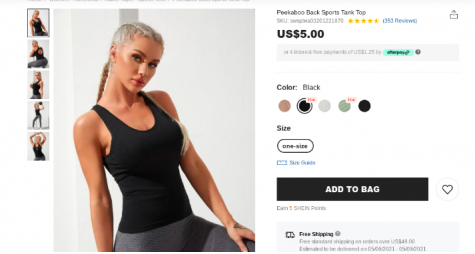
Fast fashion makes it easy for people of all ages to participate in the never-ending, constantly changing, clothing trends. Since the clothes are cheap, you are able to buy a whole outfit, or two, for less than what a top from a sustainable brand would cost. To compare, I took the prices of Shein clothing, one of the most popular fast fashion websites, and the prices from Patagonia, a sustainable and well known brand. An athletic tank top on Patagonia is $65, while an athletic tank top on Shein is $5. While the quality is obviously worse on Shein, more people are willing to continue to buy more clothes from Shein and take the risk that it may be horrible quality. If it is poor quality, no big deal, it was only $5!
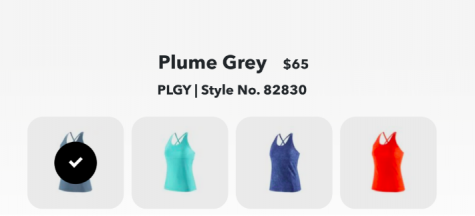
Social media has played a huge role in the reason why trends are so quick to come and go. Before social media, people would have to go to the mall to see what’s trending, subscribe to specific magazines, and look at what other people were wearing in their school. It was a much slower process to find a trend, and once you found it, it would be around for possibly years. Now with social media, people are constantly getting inspired, or persuaded, by what other people are wearing. While it is easy to succumb to the constantly changing trends, and the allure of cheap clothing, I know I have, you must remember that influencers only want your money, and fast fashion is harmful to the environment. Besides, the new shirt you think you can’t live without will probably end up lost in one of your drawers in a couple of months.


